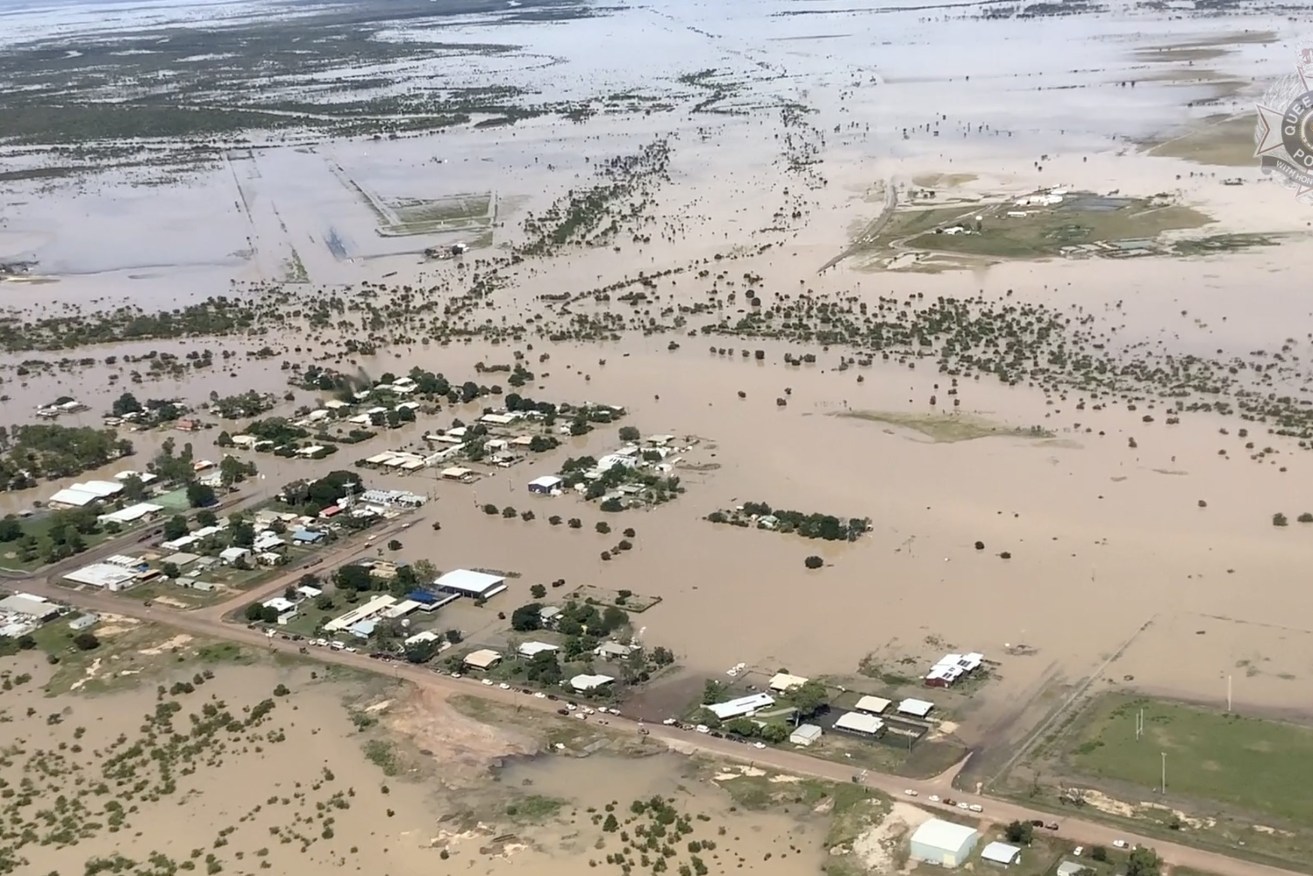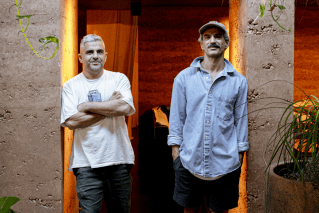Three years of flooding rains, but expert warns it’s really a drop in the bucket
Australia’s big wet has given nature a boost but overarching threats mean it probably won’t last, the author of a new report card says.

A screenshot of supplied vision of flooding in Burketown Queensland in early March. (AAP Image/Supplied by Queensland Police)
Professor Albert Van Dijk says last year was one of relative good health for most of Australia with flooding rains filling rivers, topping up wetlands, saturating soils and fuelling strong vegetation growth.
His 2022 report card gave the nation 8.7 out of 10 for overall environmental condition, up 1.8 points on a year earlier and the highest score since 2011.
But the Australian National University professor says the bounce driven by three successive wet years must be read with caution.
“Our environment is still very much in trouble, especially from climate change. It’s a stay of execution, perhaps … (or) living to fight another day is another way of looking at it,” he said.
“Nonetheless there’s been three good years and that does help a lot of Australia’s ecosystems. It tides them over basically.”
National vegetation condition improved to levels last seen in 2011, when the nation also experienced significant flooding.
Vegetation conditions remained stable or improved in most of the country.
Soil moisture and soil surface condition also improved across most of Australia, fuelling good growth in native ecosystems including those hit by bushfires a few years back.
But there is also plenty of bad news.
The ocean around Australia was warmer than ever last year.
Australia’s population grew by 1.1 per cent, to about 26 million people, increasing human pressures on nature and the nation’s carbon emissions stopped declining.
And there was no halt to the overarching trend of biodiversity loss, with 30 species added to the threatened species list last year.
“Biodiversity is the slow march to destruction still. That didn’t suddenly stop,” Van Dijk says.
For some animals the big wet was a gift, for others a death sentence.
Waterbird numbers nearly doubled from the previous year as wetlands filled across southeastern Australia.
But high sediment runoff impacted seagrass meadows along the Queensland coast, causing dugongs and threatened green sea turtles to starve.
This year’s report also estimates how populations of threatened and near-threatened species have changed, with a three-year lag. That means the estimates in the report are for 2019, before the Black Summer fires.
They show a continued decline in the abundance of threatened birds, mammals and plants.
It’s estimated that in 2019, the abundance of threatened plants was 72 per cent lower than it was in the year 2000.
Threatened birds were down 62 per cent in that period and mammals were down 33 per cent.
“That’s most down to invasive species, feral cats and foxes and such and also just destruction for plants. A lot of it is due to habitat being converted to houses, urban environments, mining sometimes.”
Van Dijk says 2022 was a comeback year for nature, something Australia typically sees after pronounced wet periods.
“Our ecosystems are used to having long waits between wet periods. But they do need those wet periods to stay resilient.”












